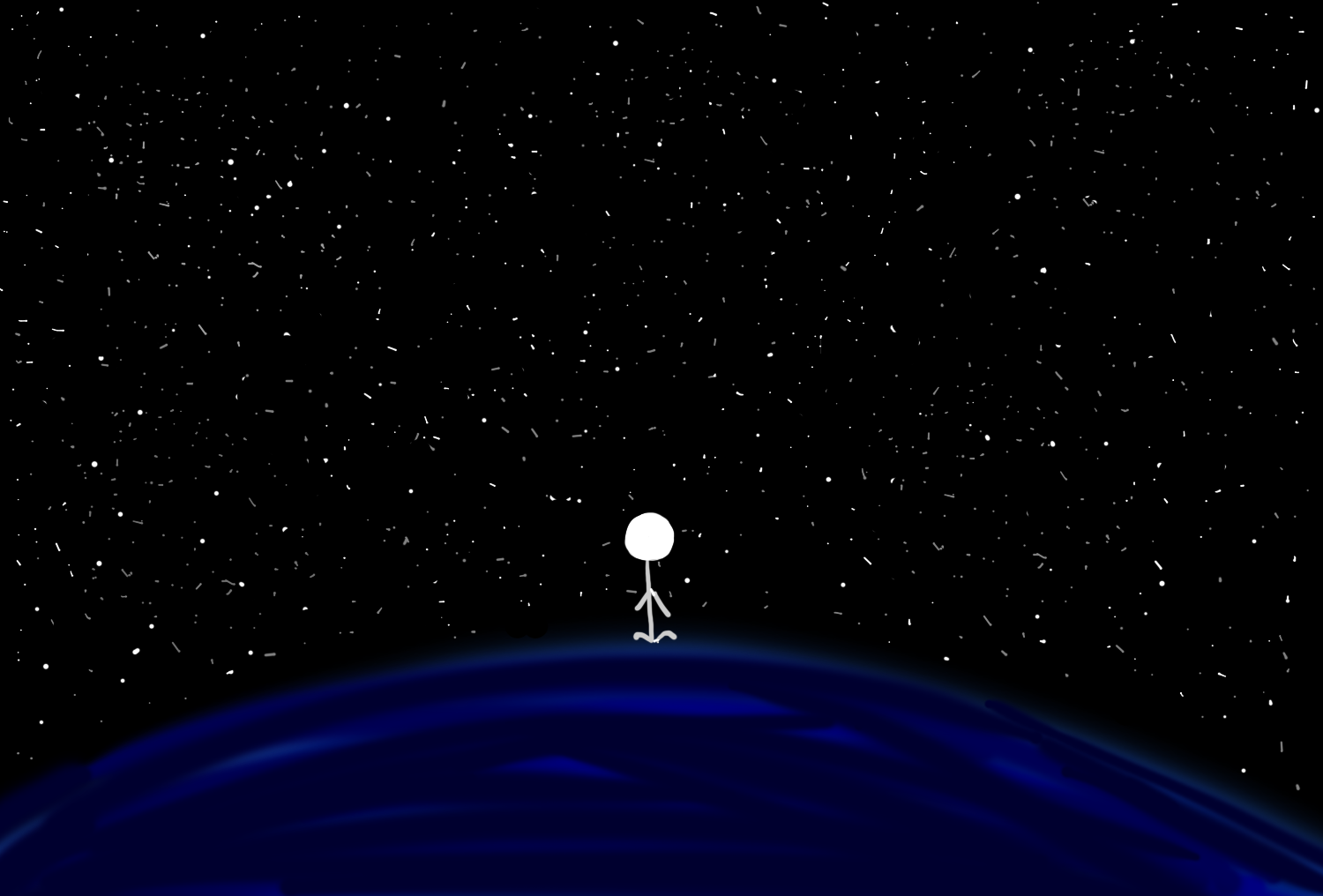The Universe Keeps on Growing and We Cannot Fully Comprehend That

Scientists are beginning to think we don’t fully understand the way the Universe is growing and that’s discouraging. This conclusion came to light as these scientists tried to measure and calculate the Hubble Constant, as it represents the speed of the Universe’s expansion.
The Beginnings
Edwin Hubble first calculated this value in the 1920s. In these times and age, scientists values are different from one another, and this is unsettling for them. The way this constant changes proves we don’t fully comprehend how fast the Universe is expanding, and it might also indicate that we don’t know how old the Universe might be.
“Naturally, questions arise as to whether the discrepancy is coming from some aspect that astronomers don’t yet understand about the stars we’re measuring, or whether our cosmological model of the Universe is still incomplete,” University of Chicago astronomer Wendy Freedman said in a NASA press release.
“Or maybe both need to be improved upon.”
Different Values on the Charts
Being responsible for the more recent measurement of the Hubble Constant, Freedman used a different kind of cosmic milestone, unlike the previous tests.
Freedman’s team calculated the illumination of red giant stars. As these stars are approaching similar sizes and brightness, their distance from Earth can be easily calculated compared to other stars.
The Astrophysical Journal accepted Freedman’s research, not publishing it yet. In it, they concluded that the Universe expands at a rate of 69.8 kilometers per second per megaparsec.
This rate differs from the one done on another recent study that focused on a different kind of star, being seemingly lower.
The Future
With his research, Freedman hoped it would reunite the other studies and settling on one conclusion, yet this proved to be false, as Freedman’s research is just another value for the Hubble Constant.
“The Hubble constant is the cosmological parameter that sets the absolute scale, size, and age of the Universe; it is one of the most direct ways we have of quantifying how the Universe evolves,” Freedman said in the press release.
“The discrepancy that we saw before has not gone away, but this new evidence suggests that the jury is still out on whether there is an immediate and compelling reason to believe that there is something fundamentally flawed in our current model of the Universe.”
Halfway past the next decade, NASA wishes to launch the Wide Field Infrared Survey Telescope into orbit, and with that, perhaps the scientists will reach a similar conclusion for the Hubble Constant.
“The Hubble constant is the biggest problem in cosmology that we have access to right now, and the hope is that this crack in our understanding is going to lead us to some even bigger cracks like dark energy and dark matter,” Duke University astronomer Daniel Scolnic told New Scientist.
0 comments